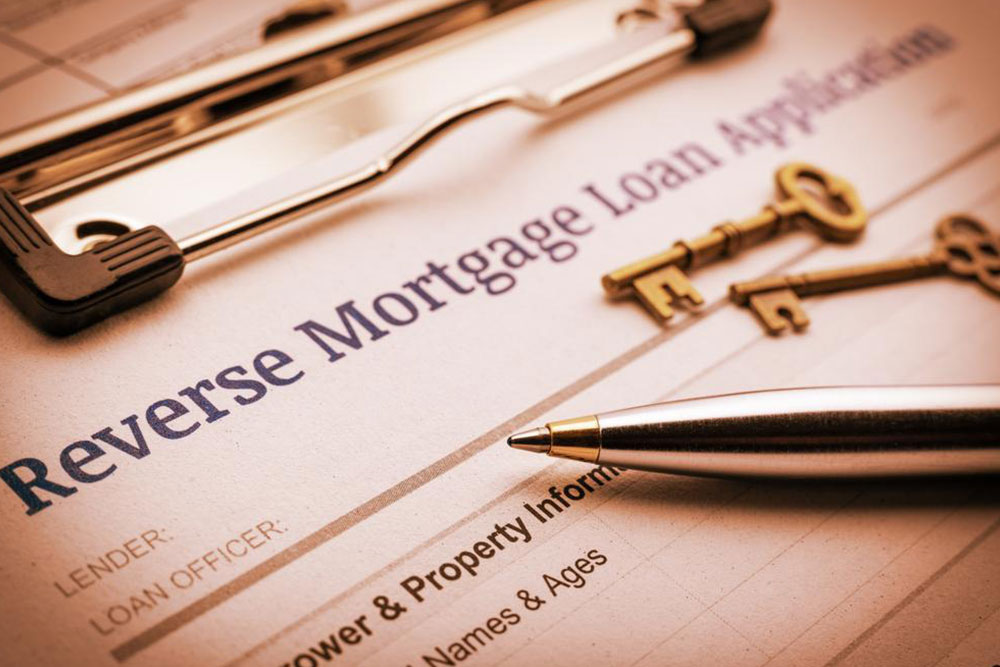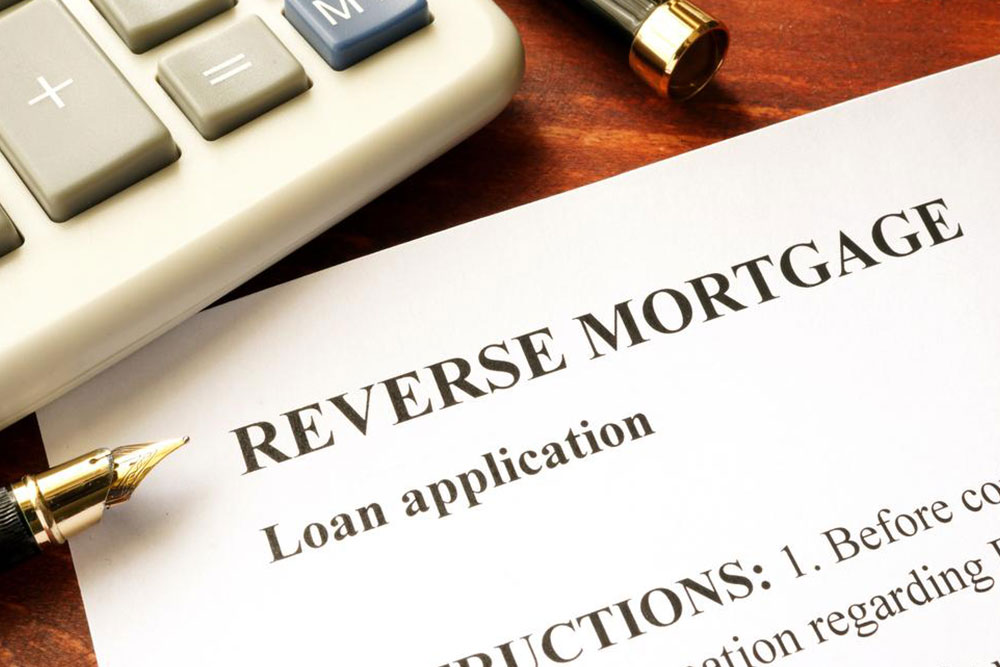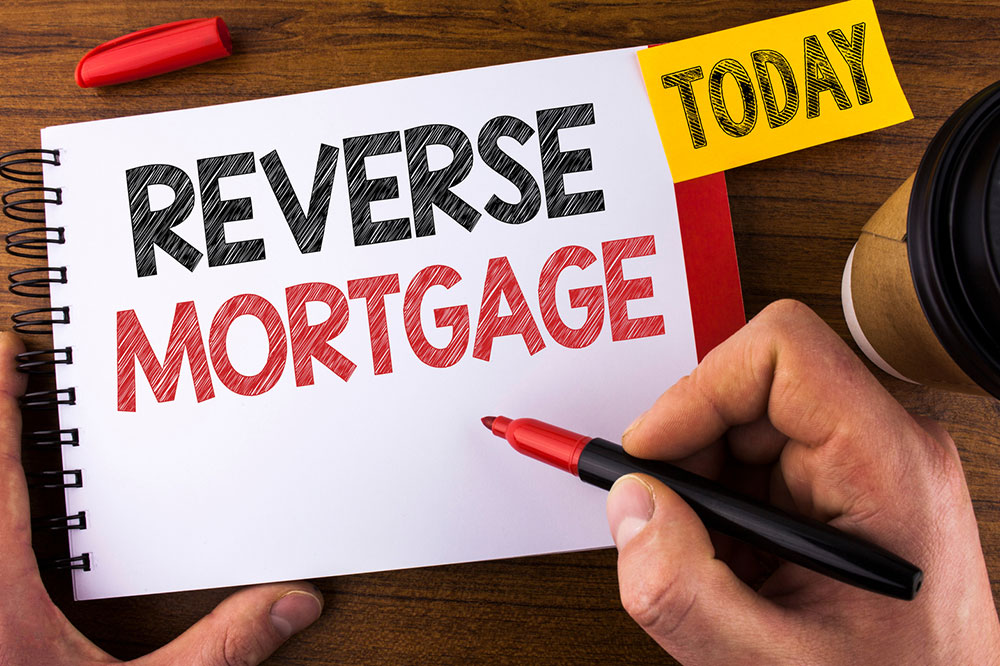Comprehensive Guide to Choosing the Best Reverse Mortgage Plan for Seniors
This comprehensive guide provides crucial insights into selecting the best reverse mortgage plan, detailing key factors like loan limits, costs, disbursement options, and borrower responsibilities. Suitable for seniors seeking to leverage home equity, it emphasizes informed decision-making to maximize benefits and ensure financial stability in retirement.

Comprehensive Guide to Choosing the Best Reverse Mortgage Plan for Seniors
A reverse mortgage offers a unique financial solution primarily designed for senior homeowners, enabling them to unlock the equity accumulated in their homes without the need to sell or make monthly payments. Unlike conventional loans, where the borrower makes regular payments to the lender, a reverse mortgage provides funds to eligible seniors, turning their home equity into a source of income or cash. As these financial products grow in popularity, especially among retirees seeking to enhance their financial security, understanding how to select the most suitable reverse mortgage plan is essential for maximizing benefits and ensuring long-term financial stability.
Understanding Reverse Mortgages:
A reverse mortgage is a type of loan that allows homeowners, typically aged 62 and above, to convert part of their home’s equity into cash. The key difference from traditional mortgages is that the homeowner is not required to pay monthly installments; instead, the loan balance increases over time until the loan becomes due. The broad goal is to provide seniors with a reliable income stream while allowing them to maintain ownership and residence of their home.
It is important to note that the eligibility criteria usually include owning the property outright or having minimal remaining mortgage debt, and the property must have sufficient equity to qualify for a reverse mortgage. These conditions are essential for ensuring the borrower can access the maximum benefit possible from the loan, making informed decision-making crucial.
Factors to Consider When Selecting a Reverse Mortgage:
The process of choosing the right reverse mortgage involves evaluating multiple factors to optimize financial outcomes. Below, we delve into the critical aspects every senior homeowner should consider:
Loan Limits and Debt Ceiling: The debt ceiling signifies the maximum amount of debt that can accrue on the reverse mortgage. It encompasses the original loan amount, interest, and fees. This limit is often based on a percentage of the home's appraised value and is capped at the home’s total worth. It is vital to understand that if the total debt remains less than the home's market value, homeowners or their heirs can receive the remaining balance after repayment or sell the property to settle the debt.
Homeownership and Property Requirements: Generally, the borrower must own the home free and clear or with minimal remaining mortgage. The property must be primary residence, in good condition, and meet specific safety and structural standards. Some exceptions apply for certain types of properties, such as multi-family units or manufactured homes.
Costs and Fees: The lender's fees are determined based on the home's equity and include origination fees, mortgage insurance premiums, closing costs, and servicing fees. These expenses can often be incorporated into the total loan balance, reducing the initial cash received but simplifying payment management.
Repayment Terms and Options: Repayment of a reverse mortgage is generally due when the borrower moves out, sells the home, or passes away. The process typically involves selling the property to settle the debt, with any remaining equity going to the homeowner or heirs. If the borrower wishes to settle the loan early, options are available, such as paying off the balance within three days after closing without penalties.
Disbursement Methods and Flexibility: Borrowers can choose how to receive funds—lump sum payments, monthly installments, a line of credit, or a combination of these. This flexibility allows seniors to tailor their payouts according to their specific financial needs, whether for healthcare, home improvements, or other expenses.
Borrower Responsibilities and Risks: While reverse mortgages provide financial relief, they come with responsibilities, including maintaining the property, paying property taxes, homeowners insurance, and HOA fees. Failing to meet these obligations can lead to loan default or foreclosure, so understanding these requirements is critical.
Careful comparison of different reverse mortgage products is essential for selecting the most suitable plan. Consulting with a financial advisor or reverse mortgage specialist can help clarify complex terms and provide personalized guidance based on individual circumstances.
In conclusion, choosing the right reverse mortgage involves a thorough understanding of various components such as loan limits, costs, repayment options, and borrower responsibilities. By carefully evaluating these factors, seniors can effectively convert their home equity into a strategic financial asset, enhancing their quality of life during retirement and ensuring their long-term financial security.





